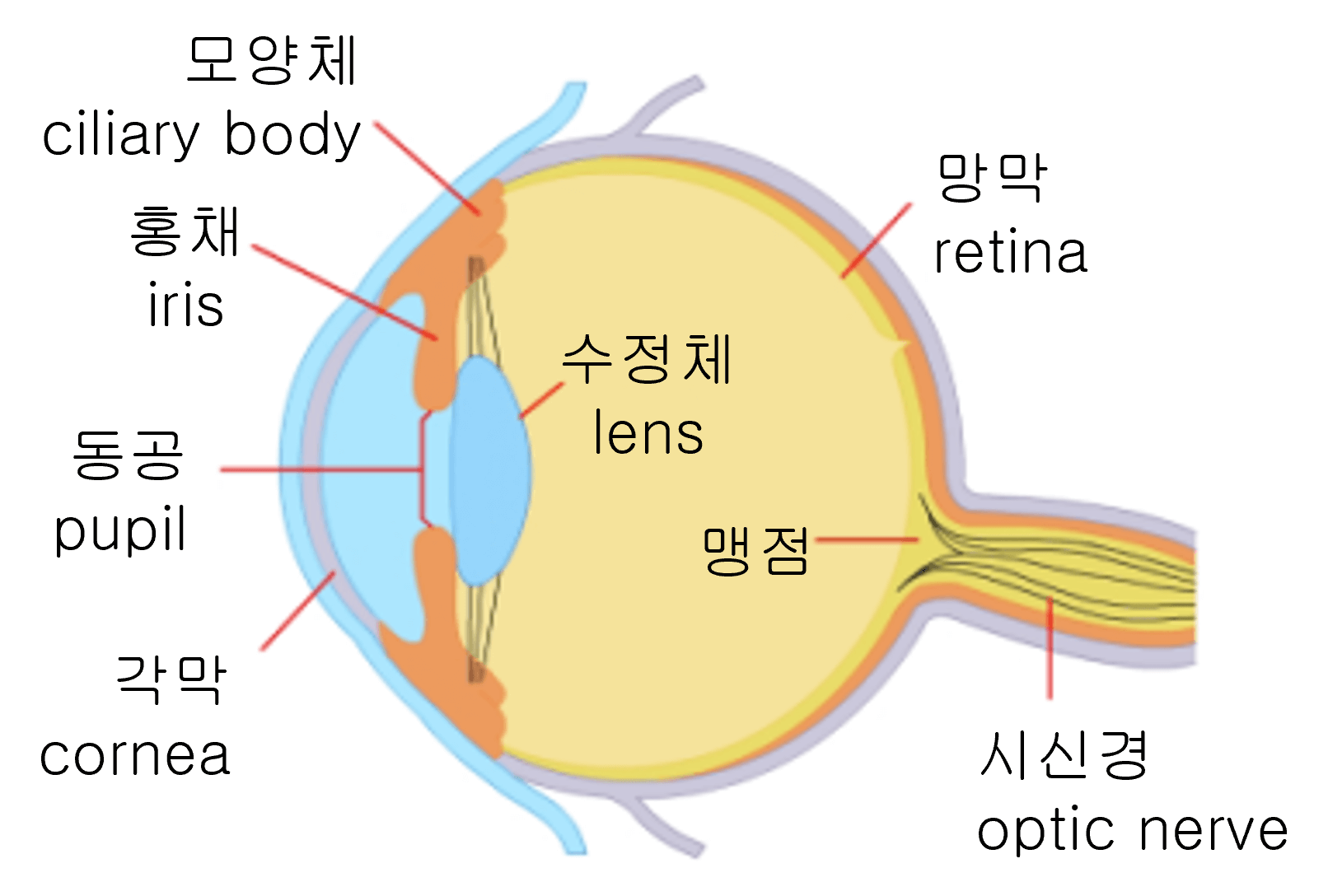Focusing
The light started from the object must have arrived exactly at one point on the retina to see things in detail. On the other hand, if the light from one point of the object is scattered all over the retina, we will perceive things faintly.
Therefore, a convex lens is needed to collect the light emitted from the object into a retina point. This is the cornea and lens of the eye.

Vision correction
If the light is not refracted as you want, it will cause problems with vision. In this case, you can calibrate in various ways.
Near-sightedness: It is the case that the focus is excessively refracted, and the focus is formed in front of the retina. It isn’t easy to focus on a distant object. You can calibrate it with a concave lens.
Far-sightedness: Light is not refracting enough. So the focus is behind the retina. It isn’t easy to focus on the near object. You can calibrate it with a convex lens.
LASIK LASEK Surgery: There is also a correction method through surgery. For vision correction, cut out the cornea surface or the inside of the cornea. It has the advantage of semi-permanent correction. However, since it is necessary to shave the cornea, surgery may not be possible. (The cornea is too thin or many other reasons)